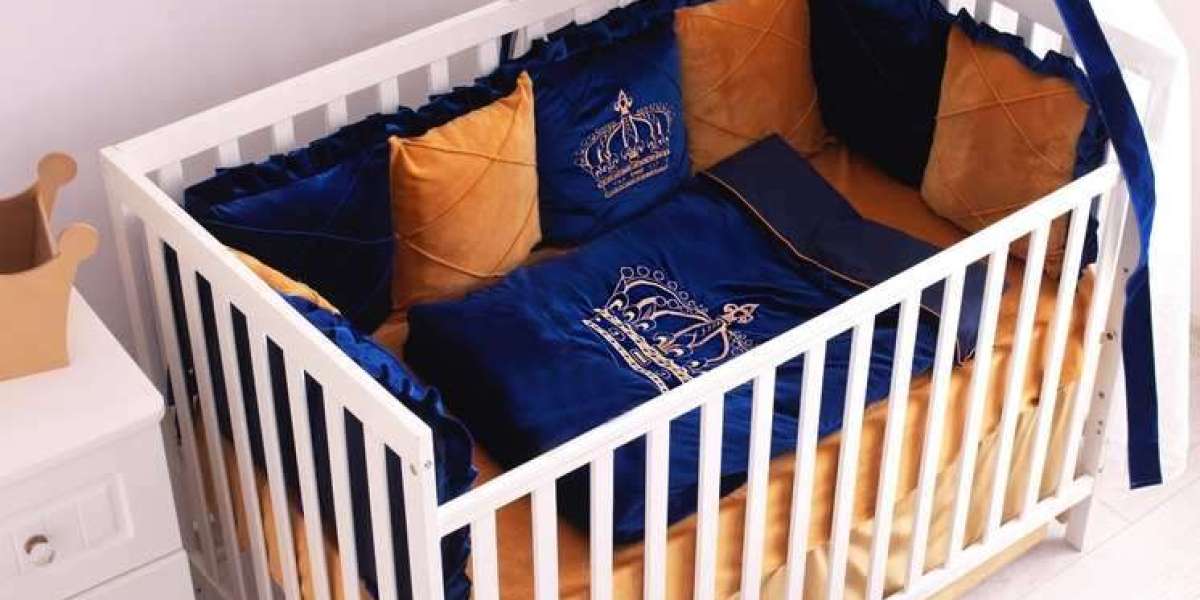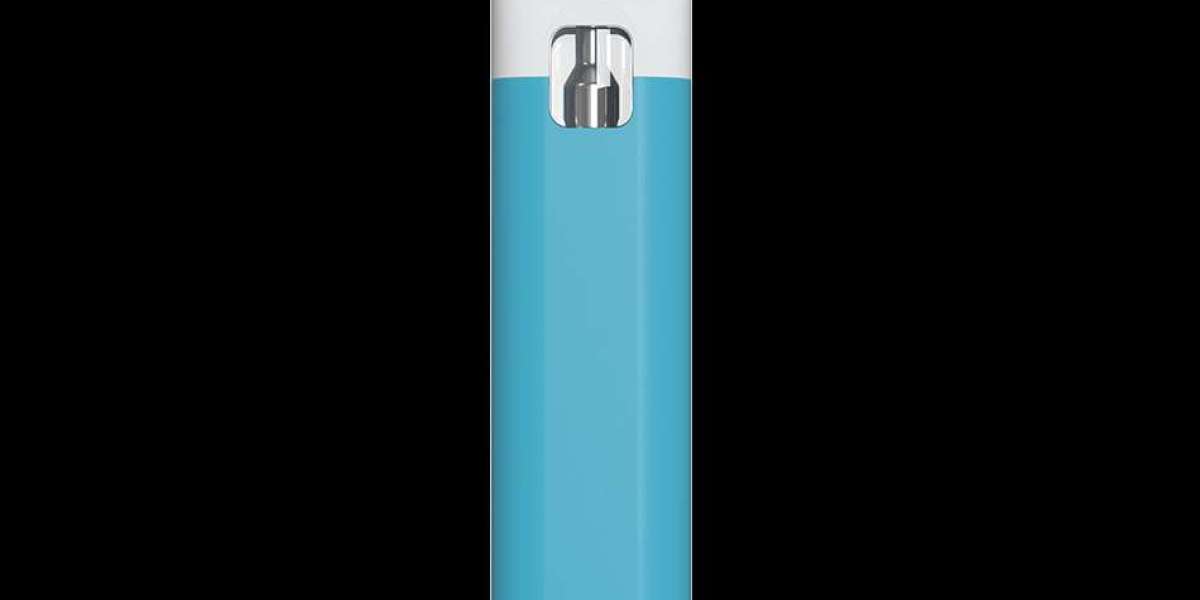Preparing a nursery for your baby is one of life’s most cherished rituals. Every decision is made with love, care, and the dream of creating a perfect sanctuary. At the very center of this new world is the crib, and the baby crib bedding you choose for it plays a far greater role than simple decoration. It is the fabric that will touch your baby’s skin, the environment where they will drift off to sleep, and a cornerstone of the room’s entire design.
For new parents, the sheer number of options can feel daunting. What is truly essential? What is safe? What materials are best? This definitive guide is here to provide clarity and confidence. We will walk you through the most critical safety standards set by leading US experts, help you navigate the world of soft and sustainable fabrics, and inspire you with beautiful design ideas to create a nursery that is as safe and comfortable as it is stylish.
The Golden Rule: A Foundation of Unshakeable Safety
Before exploring any color palette or pattern, the first and most important consideration is sleep safety. The American Academy of Pediatrics (AAP) has established clear, evidence-based guidelines designed to protect infants from Sudden Infant Death Syndrome (SIDS) and other sleep-related dangers. These recommendations are the non-negotiable starting point for every parent.
The guiding principle is simple and powerful: A Bare Crib is a Safe Crib.
For the first year of life, your baby's crib should contain only three things:
A firm, flat mattress.
A snug-fitting fitted sheet.
Your baby.
Your Safe Sleep Checklist:
A Firm and Well-Fitting Mattress: The mattress must be specifically designed for a crib and fit tightly within the frame. There should be no more than a two-finger gap between the edge of the mattress and the crib wall. A firm surface is crucial because a soft surface can conform to a baby's head shape and increase the risk of suffocation.
A Tightly Fitted Sheet: This is the only piece of bedding that should be in the crib with a sleeping baby. Ensure the sheet has strong elastic that wraps all the way around the mattress, holding it securely. The sheet should not be loose or able to bunch up.
A Completely Empty Crib Environment: This is a vital rule. The crib must be clear of all loose and soft items, including:
Pillows (of any kind)
Blankets, quilts, comforters, and duvets
Crib bumpers (This includes both padded bumpers, which are now banned for sale in the US under the Safe Sleep for Babies Act, and mesh liners, which are also not recommended by the AAP).
Stuffed animals, dolls, and other soft toys
Sleep positioners or wedges
To keep your baby comfortably warm, the safest alternative to a blanket is a wearable blanket or sleep sack. This is a cozy garment that a baby wears, providing warmth without the risk of it covering their face.
Understanding the Components of Baby Crib Bedding
Many "bedding sets" come with multiple pieces. It's important to understand the role and safe use of each one.
The Essential:
Fitted Crib Sheet: This is the star of the show. Given how often they need to be changed, most parents find it practical to own between three and five fitted sheets. This "one on the crib, one in the wash, one on the shelf" system ensures you're never caught without a fresh sheet.
The Decorative Extras (For Use Outside the Crib):
Crib Skirt (Dust Ruffle): This is a purely decorative and completely safe item. It sits under the mattress on the support platform, with the skirt hanging down to the floor. It stylishly conceals the crib's hardware and any under-crib storage, but it is entirely outside of the baby’s sleep space.
Quilt or Comforter: These are often the most beautifully designed pieces in a set but must never be used as bedding for a sleeping baby under one year old. Instead, embrace their decorative potential! Hang a beautiful quilt on the nursery wall as a piece of art, drape it over your glider or rocking chair, or use it as a plush mat for supervised tummy time on the floor.
Decorative Pillows: Like quilts, any small pillows included in a set are for decoration only and should be kept out of the crib. They can be placed on a shelf or chair to tie the room’s theme together.
When you look at baby crib bedding, focus first on the quality and fit of the fitted sheet, and view the other items as accessories for the room, not for the sleep space itself.
The Fabric of Dreams: Choosing the Best Materials
A baby's skin is far more sensitive and delicate than an adult's. The material you choose for their fitted sheet can make a significant difference in their comfort.
Organic Cotton: Considered the top choice by many, organic cotton is grown without the use of synthetic pesticides and harsh chemicals. This makes it naturally hypoallergenic and incredibly gentle on sensitive skin. It is also highly breathable, which is essential for helping to regulate a baby's body temperature. Look for GOTS (Global Organic Textile Standard) certification, which ensures organic and socially responsible practices from the farm to the final product.
Bamboo: Fabric derived from bamboo (often seen as bamboo viscose or lyocell) is celebrated for its silky, luxurious softness. It is a fantastic choice for its thermoregulating properties—it helps keep babies cool in warm weather and warm in cool weather. It is also exceptionally moisture-wicking, pulling moisture away from the skin.
Muslin: This lightweight, loosely woven cotton fabric is exceptionally breathable and airy. Its signature crinkled texture becomes softer with every wash. Muslin is an excellent choice for warmer climates or for babies who tend to get hot while sleeping.
Jersey Knit: If you love the cozy feel of your favorite t-shirt, you'll love jersey knit sheets. This material is soft, slightly stretchy, and creates a very snug fit over the crib mattress, making for a comfortable and familiar-feeling sleep surface.
Styling Your Sanctuary: Nursery and Bedding Trends for 2025
With the fundamentals of safety and comfort addressed, you can now enjoy the creative process of styling the nursery. Your baby crib bedding can serve as the inspiration for the entire room.
Top Nursery Design Trends:
Earthy & Grounded Tones: The move toward sophisticated, calming colors continues. Think palettes of warm terracotta, rich olive green, dusty rose, and muted earthy neutrals. These colors create a serene atmosphere that feels both timeless and modern.
Vintage Florals & Toile: There is a beautiful resurgence of nostalgic patterns. Delicate, vintage-inspired floral prints and classic toile patterns are being used to create nurseries with a sense of history, charm, and sweetness.
Nature-Inspired Themes: Bringing the outdoors in remains a powerful trend. This can be seen in bedding with subtle patterns of leaves, rainbows, suns, and woodland animals, creating a peaceful and imaginative environment.
Texture Over Pattern: For a minimalist approach, many are focusing on texture rather than busy patterns. A simple, solid-colored sheet in a textured fabric like waffle weave or slub cotton, paired with a woven crib skirt and a plush rug, can create a rich, sensory experience.
Practical Care for Your Bedding
Wash Before Use: Always wash new bedding before placing it in the crib to remove any dust or residues from the factory and packaging.
Gentle Detergent: Use a mild, fragrance-free detergent formulated for babies to prevent skin irritation.
Proper Washing: Check the care label, but generally, washing in warm water is effective for cleanliness. Tumble dry on a low heat setting to protect the fabric's integrity and softness.
Conclusion: A Foundation of Love
Choosing your baby crib bedding is a meaningful step in your journey to parenthood. It is an act of preparation that goes far beyond aesthetics. By prioritizing safety with an unwavering commitment, you build a foundation of peace of mind. By selecting soft, high-quality materials, you offer your baby the comfort of a gentle touch. And by choosing a design that you love, you infuse their first room with personality and warmth. Together, these choices create more than just a place to sleep—they create a safe, soothing, and beautiful sanctuary to welcome your new baby home.
Frequently Asked Questions (FAQs) on Baby Crib Bedding
1. What is the single most important safety rule for baby crib bedding? The most important rule is to keep the crib bare. The only thing inside the crib should be a firm mattress and a snug-fitting fitted sheet. All loose items like blankets, pillows, and bumpers must be kept out.
2. How many fitted crib sheets do I actually need? Most parents recommend having three to five fitted sheets. This ensures you always have a clean one available for quick changes, especially during the newborn phase.
3. Are mesh crib liners a safe alternative to padded bumpers? No. The American Academy of Pediatrics (AAP) does not recommend any type of crib bumper, including mesh liners, as they can pose entanglement and strangulation risks and have not been shown to prevent serious injury.
4. My bedding set included a quilt. When can my baby use it? A quilt should only be used for decoration until your child is at least 12 months old and ideally not until they transition to a toddler bed. Use it as a wall hanging or for supervised floor time, but never in the crib for sleep.
5. What is the best fabric for a baby’s sensitive skin? GOTS-certified organic cotton is widely considered one of the best choices as it is hypoallergenic, breathable, and free of harsh chemicals. Bamboo and Tencel™ are also excellent for their extreme softness and moisture-wicking properties.
6. Do I need to wash new baby bedding before the first use? Yes, absolutely. Washing new bedding removes any dust, dyes, or chemical residues from the manufacturing process. Use a gentle, baby-safe detergent.
7. If I can't use a blanket, how do I keep my baby warm? A wearable blanket or sleep sack is the safest method. It is a warm garment the baby wears, so it cannot accidentally cover their face, ensuring they stay both warm and safe.
8. What is a crib skirt, and is it safe? A crib skirt is a decorative fabric panel that hangs outside the crib from underneath the mattress. It is completely safe because it is not inside the baby's sleep area.
9. How can I ensure my crib sheet fits safely? A safe crib sheet must fit the mattress very tightly. It should have strong elastic all the way around, and there should be no loose or bunching fabric that your baby could pull up.
10. When is it safe for my child to have a pillow? It is safest to wait until your child moves from a crib to a toddler bed, which is usually between 18 months and 3 years old. When introduced, it should be a small, firm toddler pillow, not a large adult one.



